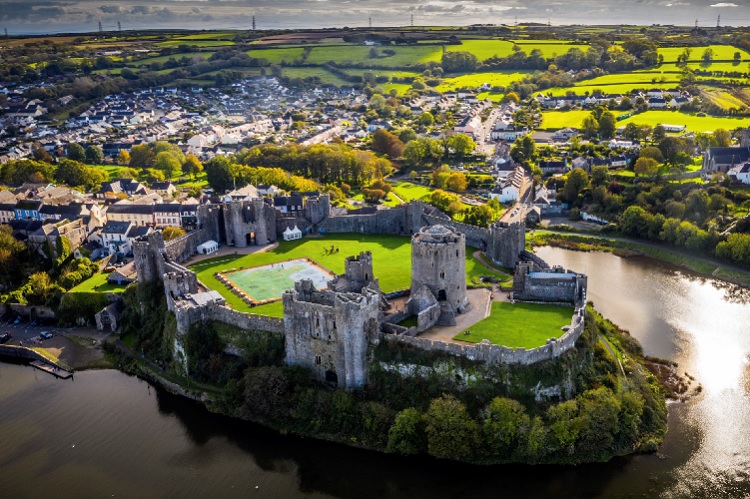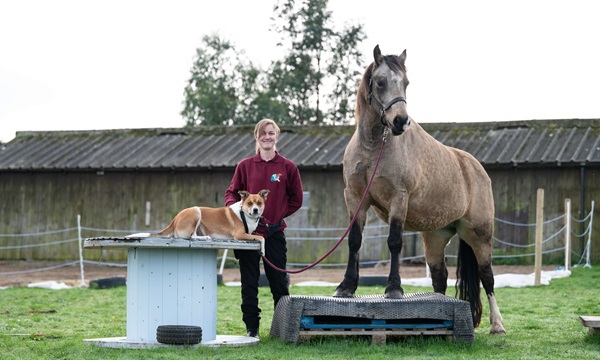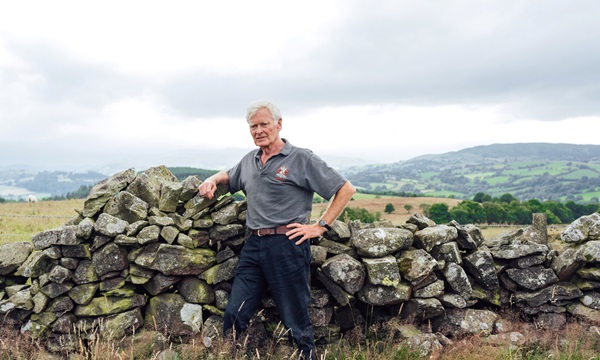Geospatial data provided by Ordnance Survey (OS) has become a critical tool for the Welsh Government, using its layers of smart data to deliver improved services in health, transport, emergency services, education and housing.
One data product which is really making a difference is the Unique Property Reference Number (UPRN). The UPRN can be used like a National Insurance number or car registration plate, and serves as a unique identifier for an addressable location – a building, a fire station, a bus shelter, and so on.

The UPRN numeric identifier applies a ‘common standard’ for addressable buildings and objects, which then makes it possible to collate, share, and connect data from various sources. The unique identifier helps reduce ambiguity in a location being considered. Essentially, the UPRN ensures everyone refers to the correct location. It enables a greater accuracy of detail between separate organisations, and so, the unification of data.
UPRNs have identified the location of doctors’ surgeries and also schools, which allows the Welsh Government to plot how pupils can travel in without cars. Building safety has been improved by showing which buildings have multiple occupancies. Also, with the help of utility companies, the Government has used UPRN data to identify vulnerable households which could be particularly at risk during periods of flooding or extreme heat, ensuring emergency services and local resilience forums can prioritise their safety.
Dave Roberts, Head of Geography in the Welsh Government said:
“OS is critical and underpins everything that we do, so whether it’s as a backdrop map or whether we use it to create new datasets, OS is there underpinning it all. It’s applying things, it’s solving problems. It’s making a difference…..It all fits into what we’re doing. From the boundary line data, to the UPRN, to the highways data, to the footpath data, the greenspace data.”




















